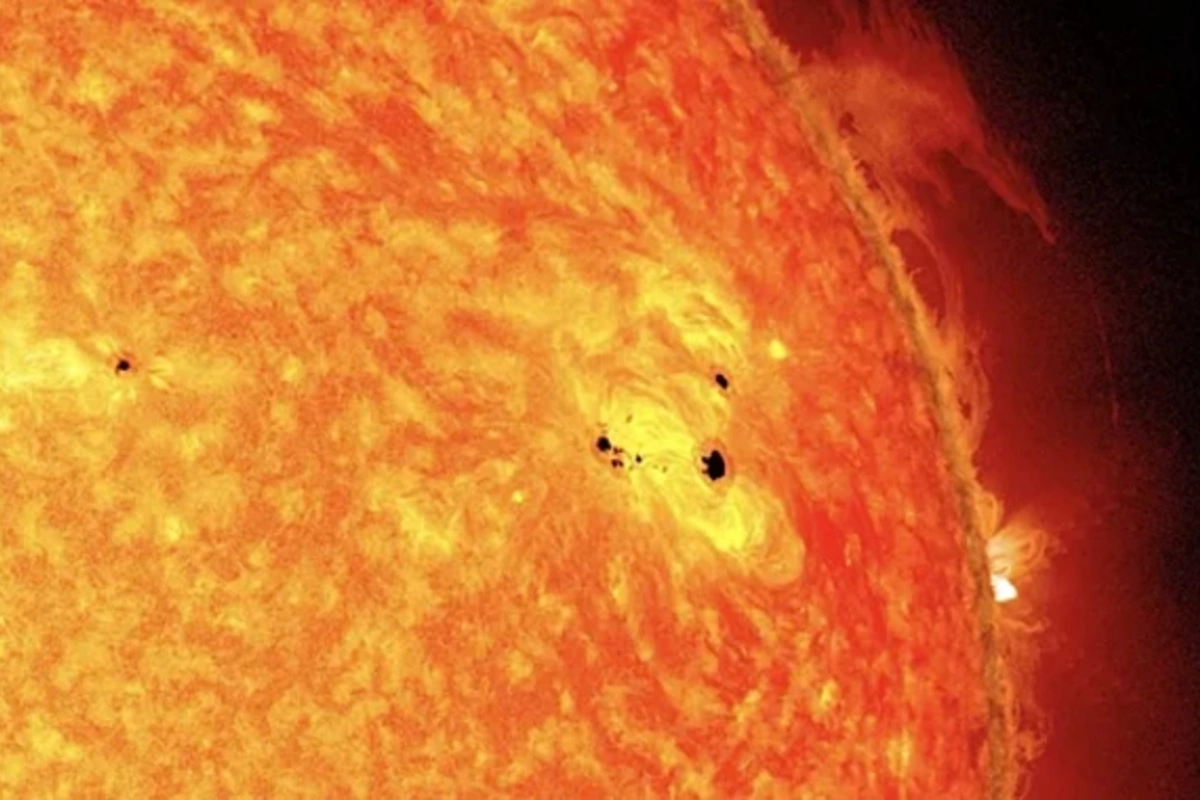02 Jun , 12:02
0

Astronomers have discovered a unique long-lived sunspot that challenges scientific understanding of how long such phenomena can exist. The dark giant on the Sun's surface has not disappeared for about two months, which could lead to a new historical record unseen by scientists for centuries.
The mysterious formation, officially designated AR 14100, is located in the northern hemisphere of our star, just above the solar equator. This phenomenon was first captured by observational instruments on April 5, after which it temporarily disappeared on the far side of the star, inaccessible to Earth observations.
Astronomers recorded AR 14100 again on April 28, and then rediscovered it on May 26. Throughout the observation period, the spot demonstrated impressive dynamics in size changes. The phenomenon reached its maximum development in early May, when its diameter was a massive 140,000 kilometers – eleven times the diameter of Earth. Currently, the size of the cosmic giant has decreased by about half, but it still maintains remarkable stability.
For context: typical sunspots exist for no more than a week, and even the largest formations rarely persist longer than two weeks. Determining the absolute historical record is complicated by the limited accuracy of ancient astronomical observations. Previously, the record holder was considered to be a spot observed for 18 months in 1840-1841, but subsequent research revealed that this was a sequence of different spots appearing in the same area of the solar surface.
The officially recognized longevity champion among sunspots is an object observed in 1919 that existed for 134 days (more than four months).
Despite the gradual reduction in size, AR 14100 continues to demonstrate "remarkable stability" and shows no signs of disappearing soon. However, to break the historical record, it will need to "live" for several more months, reports the scientific portal Live Science.